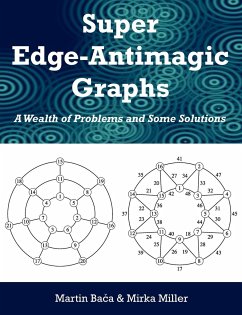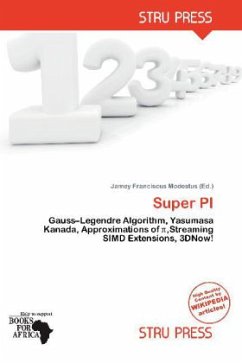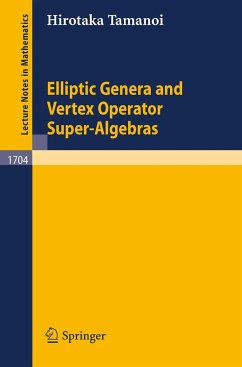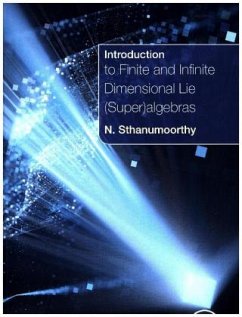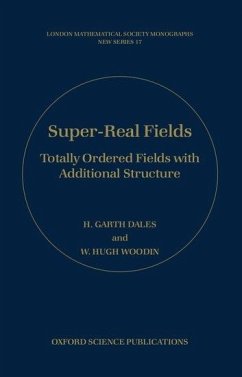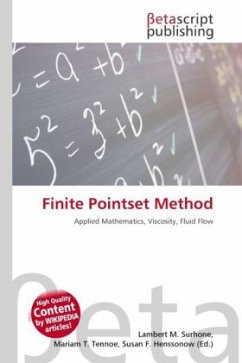
Super-Prime
Versandkostenfrei!
Versandfertig in 6-10 Tagen
32,99 €
inkl. MwSt.

PAYBACK Punkte
16 °P sammeln!
Super-prime numbers are the subsequence of prime numbers that occupy prime-numbered positions within the sequence of all prime numbers. The subsequence begins 3, 5, 11, 17, 31, 41, 59, 67, 83, 109, 127, 157, (sequence A006450 in OEIS). That is, if p(i) denotes the ith prime number, the numbers in this sequence are those of the form p(p(i)). Dressler & Parker (1975) used a computer-aided proof (based on calculations involving the subset sum problem) to show that every integer greater than 96 may be represented as a sum of distinct super-prime numbers. Their proof relies on a result resembling B...
Super-prime numbers are the subsequence of prime numbers that occupy prime-numbered positions within the sequence of all prime numbers. The subsequence begins 3, 5, 11, 17, 31, 41, 59, 67, 83, 109, 127, 157, (sequence A006450 in OEIS). That is, if p(i) denotes the ith prime number, the numbers in this sequence are those of the form p(p(i)). Dressler & Parker (1975) used a computer-aided proof (based on calculations involving the subset sum problem) to show that every integer greater than 96 may be represented as a sum of distinct super-prime numbers. Their proof relies on a result resembling Bertrand''s postulate, stating that (after the larger gap between super-primes 5 and 11) each super-prime number is less than twice its predecessor in the sequence.






